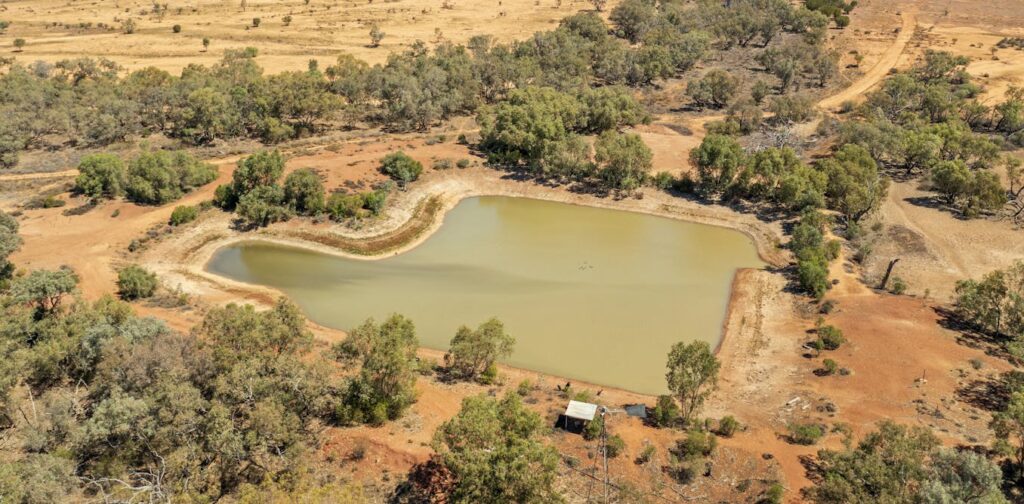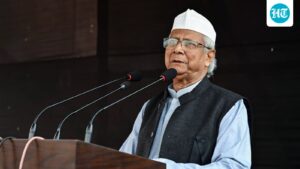
Most Australians consume far too much sodium, primarily in the form of salt (sodium chloride) found in their food. The National Health and Medical Research Council advises no more than 2,000 milligrams of sodium daily, equivalent to roughly one teaspoon of salt. However, the average Australian nearly doubles this intake. In certain regional and remote areas, salty drinking water exacerbates this issue, yet sodium levels in tap water often go unnoticed.
Our recent research, which reviewed 197 countries, reveals that when drinking water standards for sodium are in place, they are typically based on taste rather than health. Most guidelines follow the World Health Organization (WHO), which, in its global campaign to reduce sodium intake, has focused on diet but largely overlooked drinking water.
Salty Water: An Overlooked Health Risk
Excessive sodium is a significant risk factor for high blood pressure and cardiovascular diseases, such as heart attacks and strokes, which are leading causes of death and disability worldwide. In 2013, these health concerns prompted the WHO to set a global target to reduce sodium intake by 30% by 2025, later extending this to 2030 due to slow progress.
Public health efforts to reduce sodium have primarily targeted food, not drinking water, as most tap water contains low sodium levels, typically below 20mg per litre. However, some natural water sources have excessively high sodium levels, particularly affecting remote and rural communities in Australia.
Evidence suggests this is a growing issue, compounded by climate change, rising sea levels, more frequent storms, prolonged droughts, and human activities, including over-extraction of groundwater and agricultural runoff.
The WHO’s Stance on Water
The WHO’s recommended threshold for sodium in water—no more than 200mg/L—is based on palatability, not health safety. Alarmingly, the WHO’s guidelines on drinking water are based on an outdated 2003 report that found insufficient evidence linking sodium to high blood pressure. Since then, substantial evidence has confirmed that higher sodium intake is directly related to increased blood pressure.
While the WHO updated its dietary guidelines for sodium in 2012 to reflect these health risks, the water guidelines remain unchanged.
Findings from New Research
Our new research, published recently, examined sodium guidelines in drinking water across 197 countries. It found that 20% of countries, representing 30% of the global population, have no sodium limit in drinking water. Among the 132 countries that do, most (92%) adhere to WHO guidelines.
Our research found only 12 countries cited health reasons for setting sodium limits, and just two of these set stricter limits than WHO guidelines.
This indicates that worldwide, most drinking standards for sodium continue to be guided by taste rather than health. Palatability is highly subjective; just as some people enjoy salty chips while others find them overpowering, sensitivity to sodium in water varies. In contrast, the health risks of excessive salt are clear.
Australia’s Guidelines and Water Inequity
Australia’s drinking water guidelines include a non-mandatory sodium limit of 180mg/L, also based on taste. However, this is still too high to protect health. Consuming two litres of water at this concentration in one day would mean ingesting 360mg of sodium—almost one-fifth of the recommended maximum, equivalent to eating a large bag of sea-salt popcorn.
While the guidelines suggest that individuals with high blood pressure should drink water with less than 20mg/L sodium, there is no clear plan to achieve this equitably, especially when the alternative is costly bottled water.
Water Inequity in Walgett
The consequences of this policy gap are stark in places like Walgett, a remote town in north-western New South Wales with a significant Aboriginal population (almost 50%). In 2018, when the local river ran dry, the town switched to bore water, which residents found slimy and undrinkable. Testing revealed sodium levels exceeding 300mg/L.
In 2020, the New South Wales government installed a desalination plant, but it was decommissioned months later due to waste management issues. Today, Walgett still lacks a long-term solution for providing drinking water with low sodium levels.
In Walgett, some residents report spending as much as A$50 a week on bottled water, forcing families to choose between safe hydration and essentials such as food or medicine.
Safe Drinking Water: A Human Right
In 2023, the European Union mandated legally binding drinking water standards in all member states. Although still based on the outdated 200mg/L taste threshold, this legal framework provides communities with a basis to advocate for safer water—something Australia currently lacks.
A sodium limit closer to the United States Environmental Protection Agency guideline of 30–60mg/L would better align with health advice. Without enforceable, health-based limits, Australia risks falling behind on its commitments to sodium reduction targets and sustainable development goals set by the United Nations.
No one should have to fight for safe drinking water. If we want to protect our most vulnerable communities, water policy must catch up with science and public health priorities.
We extend our gratitude to the authors of the research paper and the Yuwaya Ngarra-li, a community-led partnership between the Dharriwaa Elders Groups in Walgett and the University of New South Wales.





